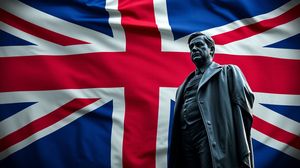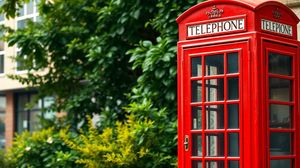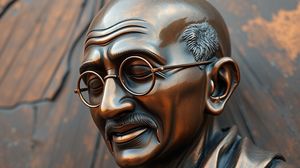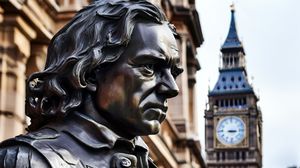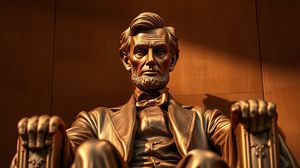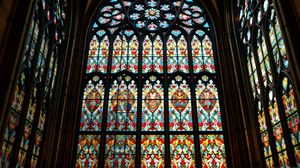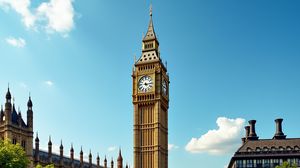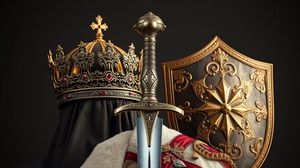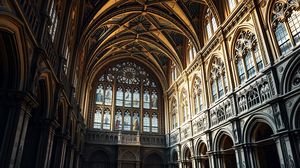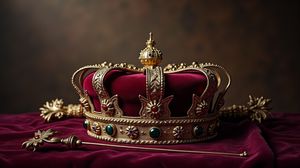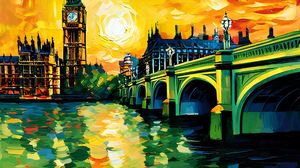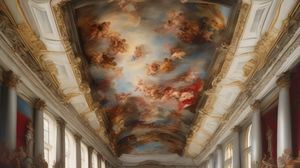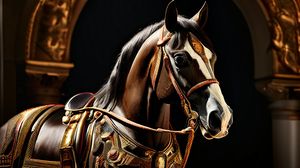
The Sir Winston Churchill Statue at Parliament Square in London stands as a prominent tribute to one of Britain's most revered leaders. Created by sculptor Ivor Roberts-Jones, the statue was unveiled by Lady Churchill on 1 November 1973 and captures Churchill in a characteristic pose, exuding authority and resilience.
This bronze statue is striking not just for its imposing 12-foot height but also for its intriguing design. The statue is grounded on a plinth made from granite, adding to its gravitas and permanence amidst the historical surroundings of Parliament Square.
An interesting aspect of the statue's history is the legend that Churchill expressly demanded his statue to be electrified. The reason? Elevated paranoia over pigeons landing on his statue and potentially defacing it. However, this is likely more myth than reality and adds an interesting anecdote to its story.
Churchill's statue is one of the 12 statues present in Parliament Square, showcasing several notable historical figures who have championed democracy and freedom. Its location near the Houses of Parliament underscores Churchill's vital role in British political life and his impact during World War II.
The statue has been spotlighted in various events and gatherings over the years, making it a symbolic focal point for many momentous occasions and protests, a testament to Churchill's enduring legacy in British history and culture.
Both a tribute and a conversation piece, the Sir Winston Churchill Statue invites reflection on the complexities of leadership, war, and peace, continuously engaging both locals and tourists who pass by in the heart of London.

Making the Most of Your Visit:
Make sure to take a close look at Churchill's face. Sculptor Ivor Roberts-Jones did an incredible job capturing Churchill's famous scowl, reflecting his determination and fortitude. It's one of those little details that really brings the character of the statue to life.
Stand back and admire the statue's silhouette against the backdrop of the Houses of Parliament. This perspective highlights the connection between Churchill's role in history and the political centre of the UK.
Visit during quieter hours, such as early in the morning or later in the evening, to get a more personal and reflective experience. You'll have a better chance to take in the ambiance without the hustle and bustle of crowds.
The statue is often surrounded by placards and messages left by visitors during important anniversaries or events. Take a moment to read them. They offer personal insights and sentiments that add another layer of depth to your visit.
Carve out some time to explore the other statues around Parliament Square. Churchill's statue might be a highlight, but the square is home to several other important figures, providing a comparative reflection on leadership and legacy throughout history.

Visiting Times & Costs:
The Sir Winston Churchill Statue, located in Parliament Square, London, is open to the public 24 hours a day, all year round. The outdoor location means there is no entry fee, making it freely accessible to everyone. Visitors are welcome to walk around the square and view the statue at any time.
Regarding accessibility, Parliament Square is generally wheelchair accessible with paved paths, though it is advisable to be cautious on uneven surfaces common in outdoor areas. Since the statue is situated in a public square, there are no additional accessibility features specifically for viewing the statue. Visitors who may require assistance should consider this when planning their visit.

Address & Map:

Nearby:
